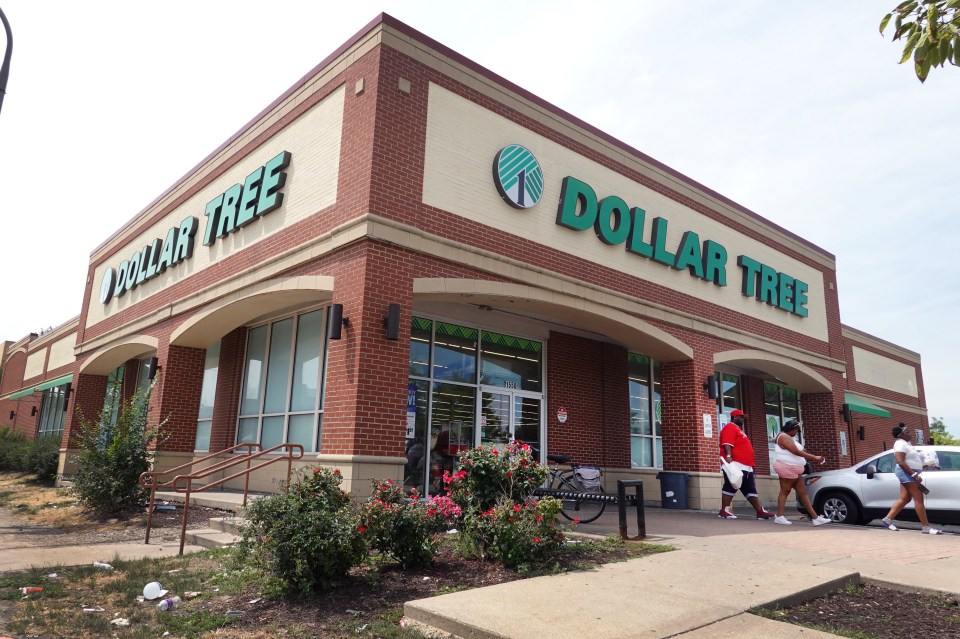Top Alabama county Who has the most farmland
In an era where urban sprawl and economic upheavals challenge the fabric of rural life, Alabama’s agricultural sector remains a bulwark of tradition, resilience, and innovation.
The state’s farmlands, stretching over millions of acres, not only contribute to the local and national food supply but also encapsulate the enduring spirit of American farming. Amidst these verdant expanses, certain counties emerge as pivotal in sustaining Alabama’s agrarian legacy, with Limestone County standing at the forefront.
Alabama’s Agricultural Landscape: A Snapshot
Alabama’s farmlands cover an impressive 3,493,286 acres, a testament to the state’s rich agricultural heritage and its vital role in the American food ecosystem. This sprawling green tapestry is predominantly composed of fescue tall grass, a crop that feeds livestock, enriches the soil, and blankets the rolling hills in shades of vibrant green.
Top 25 Counties: Alabama’s Agrarian Champions
The backbone of Alabama’s agricultural prowess is its diverse counties, each contributing uniquely to the state’s farming output. Among these, the top 25 counties showcase a remarkable variety of primary crops, ranging from grasses for livestock feed to staple crops like cotton and soybeans.
Here, we spotlight these counties, particularly emphasizing the six North Alabama counties renowned for their expansive farmlands:
- Limestone County: The crown jewel of Alabama’s agricultural sector, with 164,873 acres of farmland. Limestone leads not only in acreage but in innovation and productivity, with common soybeans occupying nearly 29.0% of its farmland.
- Houston County: Close on Limestone’s heels, Houston County boasts 149,744 acres, with cotton upland representing 18.5% of the agricultural landscape.
- Lawrence County: A significant player with 147,701 acres, Lawrence County dedicates 20.4% of its farmland to fescue tall grass, reflecting the crop’s importance to the region.
- Dallas County: Home to 137,238 acres of farmland, Dallas County’s landscape is dominated by timber trees, highlighting the county’s role in both agriculture and forestry.
- Geneva County: With 119,792 acres, Geneva County emphasizes bahia grass, dedicating 23.4% of its farmland to this versatile crop.
- Madison County: Madison’s agricultural scene covers 119,079 acres, with common soybeans making up 23.5% of the county’s farmland, underscoring the crop’s economic significance.
- Lauderdale County: Lauderdale boasts 113,030 acres, with a focus on fescue tall grass, which comprises 19.4% of its agricultural land.
- Jackson County: With 104,450 acres, Jackson County celebrates the diversity of its crops, with fescue tall grass leading at 34.0%.
- Baldwin County: A coastal gem with 102,587 acres, Baldwin County diversifies with cereals and other grasses as its main cover crop.
- DeKalb County: Rounding out the top 10, DeKalb County showcases 101,079 acres of farmland, predominantly nurturing fescue tall grass.
Limestone County: A Closer Look
At the heart of Alabama’s agricultural prominence is Limestone County, a region that embodies the essence of Southern farming. Here, the common soybean reigns supreme, not just as a crop but as a symbol of the county’s adaptability and commitment to sustainable agriculture.
Limestone County’s distinction in Alabama’s agricultural tapestry is not merely a matter of acreage; it represents the culmination of generations of farmers who have nurtured the land, adapting to challenges and seizing opportunities to ensure the prosperity of their community and the nation.
The Future of Farming in Alabama
As Alabama’s agricultural sector faces the dual challenges of climate change and global market shifts, counties like Limestone lead the way in demonstrating resilience and innovation.
The state’s top 25 agricultural counties, with their rich diversity of crops and commitment to sustainable practices, offer a blueprint for the future of farming — a future that honors tradition while embracing new technologies and approaches to feed a growing world.
In celebrating the achievements of Limestone County and its fellow agricultural leaders, we recognize not just the bounty of the land but the spirit of the people who cultivate it. Alabama’s farmlands are more than just sources of food; they are the heartlands of a state that continues to play a crucial role in the agricultural narrative of the United States.











